- Overview
- Symptoms
- Causes & Risks
- Tests & Diagnosis
- Treatment
- Living With
- Complications
- View Full Guide
15 Ways to Tame a Psoriatic Arthritis Flare

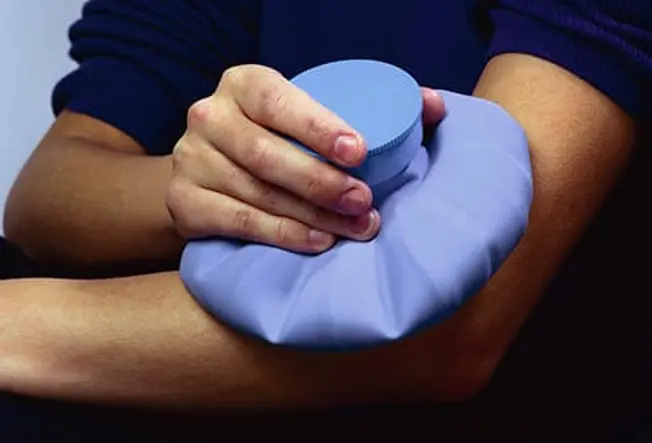
Use Cold Packs
They can save the day when the joints in your hands and feet are swollen and painful. You can make one yourself. Put ice cubes in a zip-lock bag, or just grab a bag of frozen veggies. Make sure you always wrap it in a towel before you put it on your skin, and don't use it for more than 10 minutes at a time. For foot pain, you'll get relief if you roll your foot back and forth on a frozen water bottle.
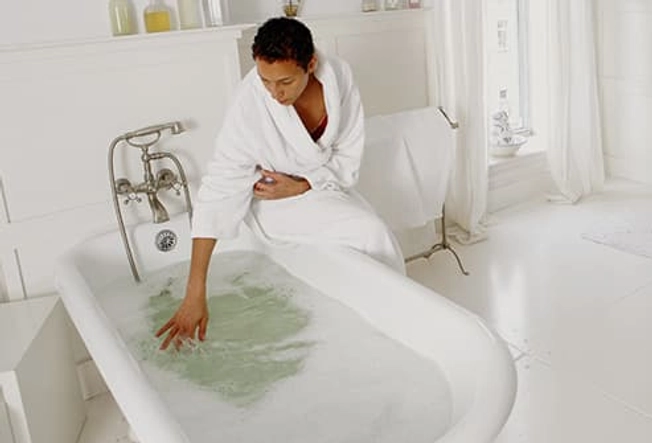
Give Heat a Chance
Soak in a warm tub or use a heating pad on your painful joints. The heat makes swelling go down, improves your blood flow -- and it feels amazing, too. But don't run the bathwater too hot or stay in the tub for too long, because it can dry out your skin and make psoriasis rashes worse. When you take a bath, add oatmeal or Dead Sea salts, which soothe your itchy, inflamed skin.

Cut Out the Junk Food
Avoid foods that are loaded with sugar, fat, and salt, since they can leave you feeling sluggish. Instead, eat foods that fight inflammation, like fresh fruits and veggies, lean protein, and whole grains. A healthy diet isn't just good for your psoriatic arthritis -- it can also help you lose weight.

Get Stress in Check
Often feel like you're under pressure? It could be a trigger of your flares. Try to make time for something relaxing every day. Join a yoga class, exercise, meet a friend for coffee, or just curl up with a book for 30 minutes. Talking to a therapist can help, too. They can work with you on strategies to manage your daily hassles and help you find the right balance of work and family life.

Try to Keep Moving
Regular exercise can ease pain, boost your mood, raise your energy level, and help you sleep better. And it doesn't take much. A daily walk around the block is a great way to start. Other workouts that are good for psoriatic arthritis are swimming and cycling. Talk to your doctor before you begin, and make sure you take it slow at first.

Pace Yourself
When you get a flare, it's OK to slow down. Put the activities that matter most to you on the top of your to-do list, and take a pass on everything else. Make sure you get rest and ask for help if you need it. The most important thing right now is to listen to your body and take care of yourself.
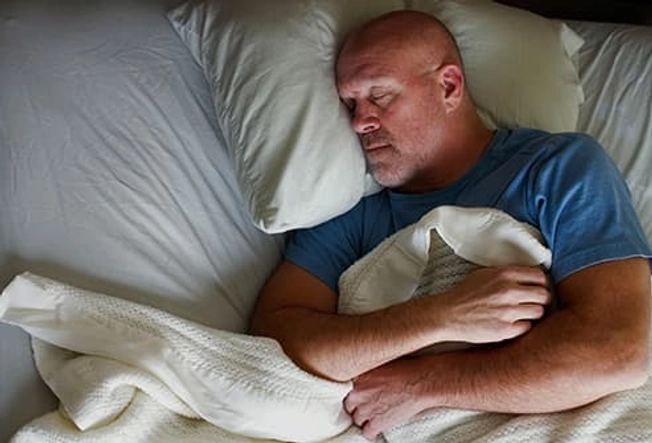
Make Sleep a Priority
It's super important to get enough rest when a flare strikes. If your symptoms make it hard to get shut-eye, a few simple changes can help break the cycle:
- Go to bed and wake up at the same time every day.
- Sleep in a cool, dark room.
- Cut out caffeine after lunch.
- Ban electronics from your bedroom.
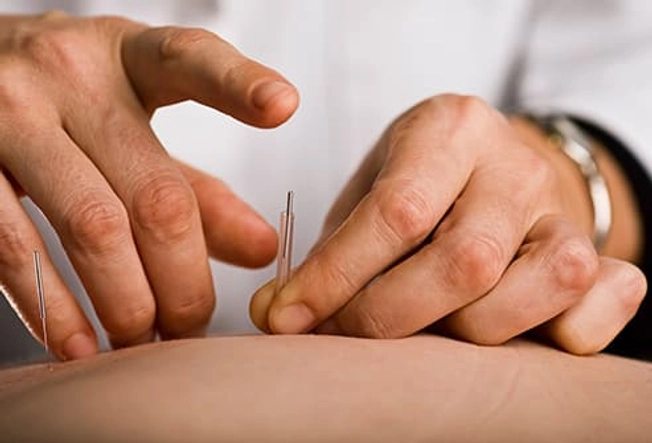
Consider Acupuncture
Some people say this ancient Chinese practice helps their joint pain, though there isn't much research yet. Practitioners say your body releases natural painkillers like serotonin when they insert tiny needles into your skin. Acupuncture is also good for relaxation and stress relief.
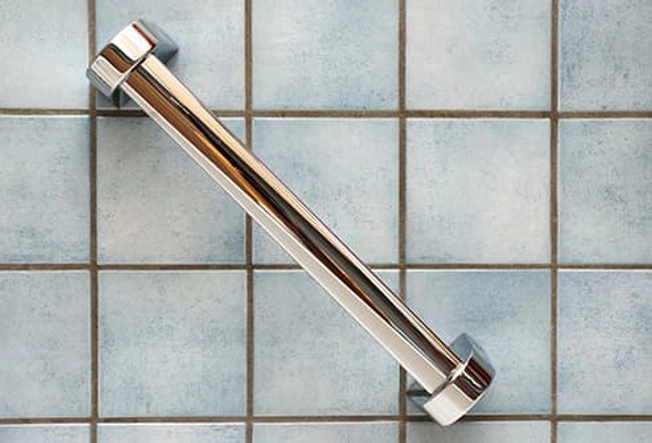
Get Smart About Gadgets
The right set of tools can help when a flare makes your daily activities more challenging. There are devices that make it easier for you to shower or use the toilet, or be more comfortable when you sit in a chair. Talk to your doctor for suggestions.

Talk It Through
It may not be obvious to everyone that you're having a flare. Let your family and friends know that you need to slow down until your symptoms are under control. Talk to your manager about any changes you may need at work. Join a support group, where you can get advice from others who understand just what you're going through.
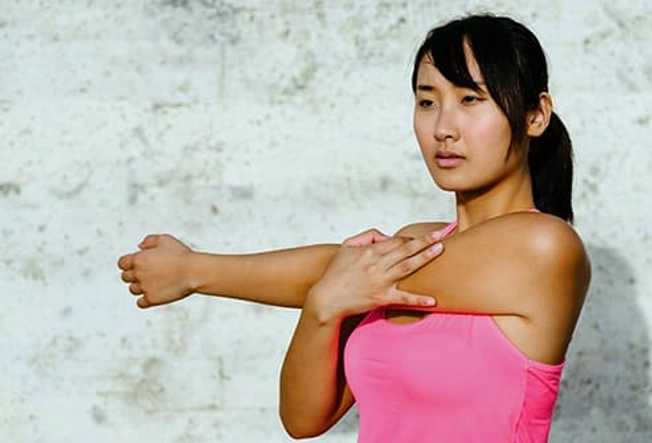
Stretch It Out
If you feel stiff and achy when you wake up or after you've been sitting at your desk for a while, a few gentle stretches can make a big difference. A physical therapist can show you how to do them at home or work to keep your muscles limber and your joints flexible. Yoga is another good choice. Its gentle movements can loosen you up. Ask your doctor about how to find classes that are geared to folks who need to manage pain.
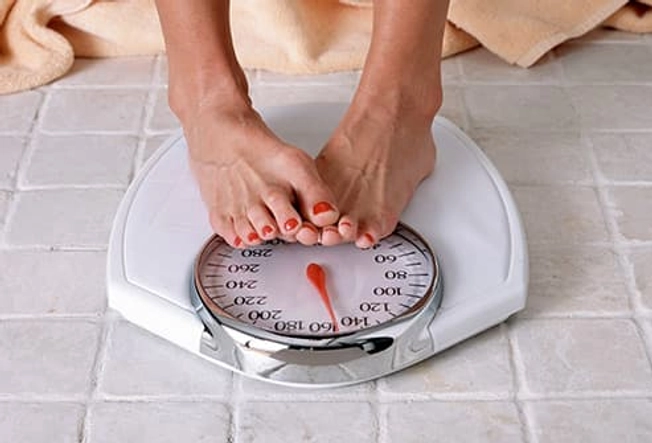
Drop Pounds if You Need To
Extra weight can put more stress on your joints and make it harder to get your symptoms under control. And your medications may not work as well if you weigh more than you should. Talk to your doctor about an eating plan that can help you lower the numbers on your scale.
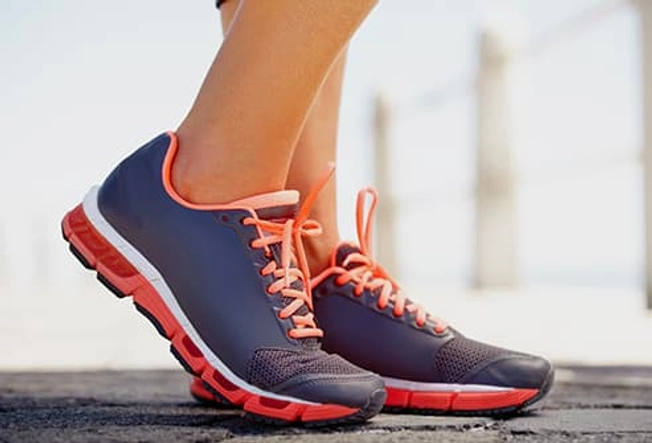
Wear the Right Shoes
Pain in your feet is one of the most common signs that your psoriatic arthritis may be flaring. Take a break from shoes that cramp your achy, swollen toes, like high heels or any shoe with a pointed toe. Look for ones with a well-cushioned sole and good arch support. An orthotic insert may help, too.

Get Back on Track With Your Meds
Don't cut back on your psoriatic arthritis drugs even if you start to feel better. Your symptoms may have improved, but it doesn't mean you're cured. If you did give in to temptation and stopped your medicine, the first thing to do is call your doctor. The two of you can set a plan to restart your medication and adjust the doses if necessary.
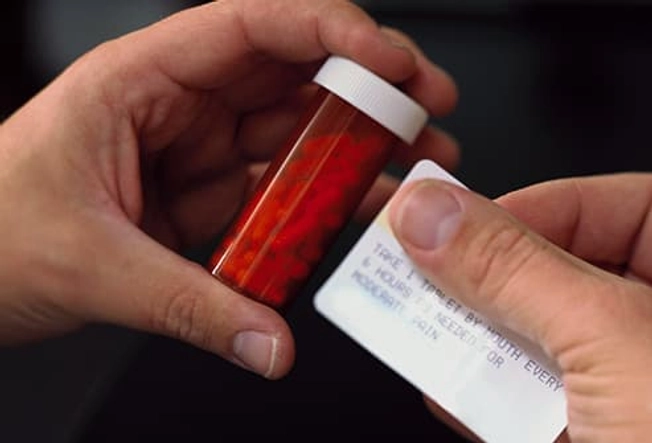
Tackle the Pain
Anti-inflammatory drugs like ibuprofen can usually make your achy joints feel better. Check with your doctor to see if it's a good idea for you. They may prescribe stronger painkillers, or could suggest powerful anti-inflammatories called corticosteroids.